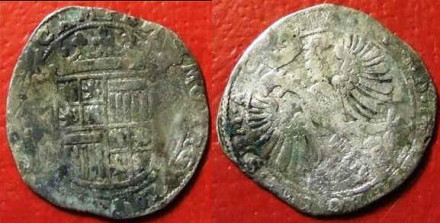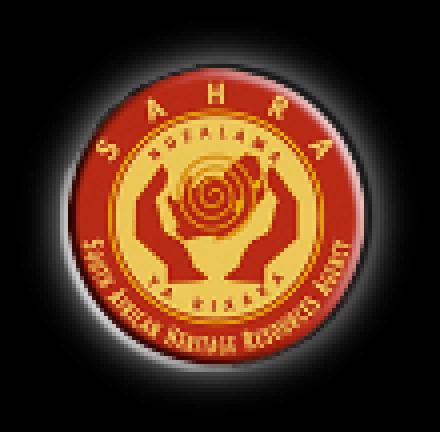History
At the beginning of October 1701, the ship Merestein set sail for the East after departing from Texel. The Merestein sailed for the Dutch East India trading company (VOC). The vessel was heavily laden with a valuable consignment of silver specie for Batavia.
Many of those on board became sick with scurvy and it was the urgent need for fresh water and fresh victuals which brought the ship close to the South African coast while still a considerable distance north of the Cape. The ship struck ground at Jutten Island during the night when entering Saldanha Bay near the Cape of Good Hope and broke up within an hour.
Sadly, only 99 out of the 199 people that were aboard the Merestein survived. Reportedly, most of the crew, as well as 2 women and 5 children were lost with the ship.
The men that had survived did so by swimming to Jutten Island. However, they were in a perilous situation due to the lack of food and water on the small rocky island. The day after the unfortunate event, two men set out on a raft of broken timbers in search of help and they succeeded.
The ships Wezel and Amij were sent to save crew and cargo. They even attempted to re-enact the way the Merestein entered the bay in order to find the site of the wreck in an attempt to salvage some elements of the ship. The cargo was lost, unfortunately.

Description
| Skipper | Jan Subbing |
|---|---|
| People on board | 200 |
| Length | 177 ¼ feet (54 m) |
| Tonnage | 826 ton (413 last) |
Status
On board the Merestein were several chests of silver coins. She carried large amounts of silver with her for the purchase of goods in the East. Because of these high-value contents, several salvage attempts were undertaken. In 1728, John Lethbridge tried to salvage some of the ship's cargo but failed to locate the wreck due to large waves which broke over the site. Jutten Island proved to be a difficult place to dive, and no further salvage attempts were made until modern times.
The first team of divers to attempt a serious salvage of the wreck arrived at the island in 1971. The leader of this group was Bobby Hayward of Cape Town assisted by Barry Williams and Jock Dichmont. The diving team reportedly found the exact location of the site after a search of only a few hours. An attempt was made to obtain sole rights to the wreck through an action in the Supreme Court, but the application was turned down, and this left the site open to exploitation by rival groups.
The Merestein is typical of a wreck on an open coast surf-line site in that it lies on the southwest corner of the island and is extremely exposed. Thus, very little timber from the hull has been found due to the rough conditions at the site of the wreck.
The salvage party discovered banks of red matrix consisting of lime, iron oxide and broken glass carpeting the bottom of the deeper crevices. During the few calm days allowed to them, they blasted and chipped away at the beds of the conglomerate, and, found encased in it, the silver treasure of the Merestein.
Even though they salvaged great quantities of coins, a lot of coins remained. Over the years many other groups of divers have worked the site, and even today, coins are still to be found. The total number of coins recovered must be in the region of 15 000, but the only documented lists of coins are those contained in the catalogues for the 1972 Johannesburg and Cape Town auction sales of treasure recovered by the Dodds brothers.
Overall, the financial rewards of the recovery of treasure were disappointing. The greatest tragedy of the salvage operation at this and most other sites along the coast of South Africa, was the intense competition between the rival groups of salvors. The greatest emphasis was placed on the recovery of the treasure, and little attempt was made to recover the other valuable artefacts which were uncovered. The bronze guns and lead ingots were removed, but many other objects such as pewter spoons and plates, clay pipes and candlesticks were largely ignored in the rush for silver.


As described above, the Merestein broke up badly during the wrecking and has been subjected to extensive salvage. However, the potential remains for further investigations and research to try and learn more about what remains on the seabed.
The wreck site is protected in terms of the National Heritage Resources Act, No. 25 of 1999. This act regards historic shipwrecks as well. The site may not be disturbed without the permission of the South African Resources Agency (SAHRA) and artifacts removed from the wreck may not be traded without SAHRA's permission.

References
- Dagregister Kaap 6-4-1702.
- La Grange, L., Williams, B.L., Gribble, J. Manders, M.R., Derksen, L.F., Brouwers, W.F.G.J. (2024).
Dutch Shipwrecks in South African Waters: A Brief History of Sites, Stores and Archives.
Cape Town: South African Heritage Resources Agency. - Athiros, G. (2008).
A Disastrous Short-cut: The Merestein wrecked at Jutten Island, in Tales of Shipwrecks at the Cape of Storms.
Historical Media, Cape Town.